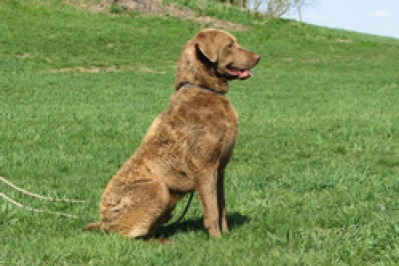DOG FIELD TRAINING

Dogs are loyal. They often have well-built and strong bodies that move swiftly but with grace. They can guard the house. They can fetch sticks and balls. They can protect you from strangers and those who attempt to hurt you. On top of the numerous lovable traits of a dog, man’s best friend is one of the smartest pets one could ever have. In general, along with hamsters and parrots, dogs are one of the most trainable pets one can ever have.
However, dogs have limits in being trainable too. Dogs are easily trained to for the proper toilet use, for the proper crate use, the usual “play-dead” and “fetch-that-stick” tricks as well. But these tricks are the usual talents of a smart pup and if your dog knows these things, it does not mean that he/she can go for dog field training. However, if you think your dog is more than just a smart canine and if you deem that your pet is fit for dog field training, you might as well think about the following questions:
a. Will your dog accept training? Is he/she patient enough and not aggressive?
b. Does the dog easily obey you?
c. Is the dog eager to look out in the field for thrower stations?
d. Will the dog still retrieve even if the thrower is more than a hundred yards away?
e. Will he/she keep on retrieving what is thrown even if the process is repeated over and over again? Does the dog express the same enthusiasm even after he retrieves the third or the fourth throw?
f. In hunting or in finding things, can the dog focus? Or is it easily distracted?
g. Can the dog obey sequencing rules when it comes to thrower stations?
h. Can he/she swim? Can the dog swim for at least a hundred yards? After the first watermark retrieval, will the dog go for a second?
i. Is the dog capable of hunting and retrieval without lead?
j. Is the dog willing to go through rough terrains, ponds, valleys, and other areas that he/she is not familiar with?
If you have answered yes to all the questions, then your dog is probably up for the next level of puppy challenge in dog field training. Among the most popular component of dog field training is Slalom training. The Slalom training tests the ability of a dog to zigzag and continue with the path even through obstacles. Another component is the seesaw training. This test gauges the dog’s ability to balance itself on a moving and unstable board. You can also try to introduce your dog to length jumping training. In case, you want your dog to indulge in agility competitions, it is a must for him/her to try obstacle race tracks.
No matter which field you would like your dog to specialize in, keep in mind that your dog’s success does not rely on his/her skills and knowledge alone. Rather, a good competitor in dog field competitions needs a good trainer teeming with patience and perseverance. If you are one of those determined dog trainers, and if your pet is smart, talented and determined, then both of you will then go far in dog field training.
